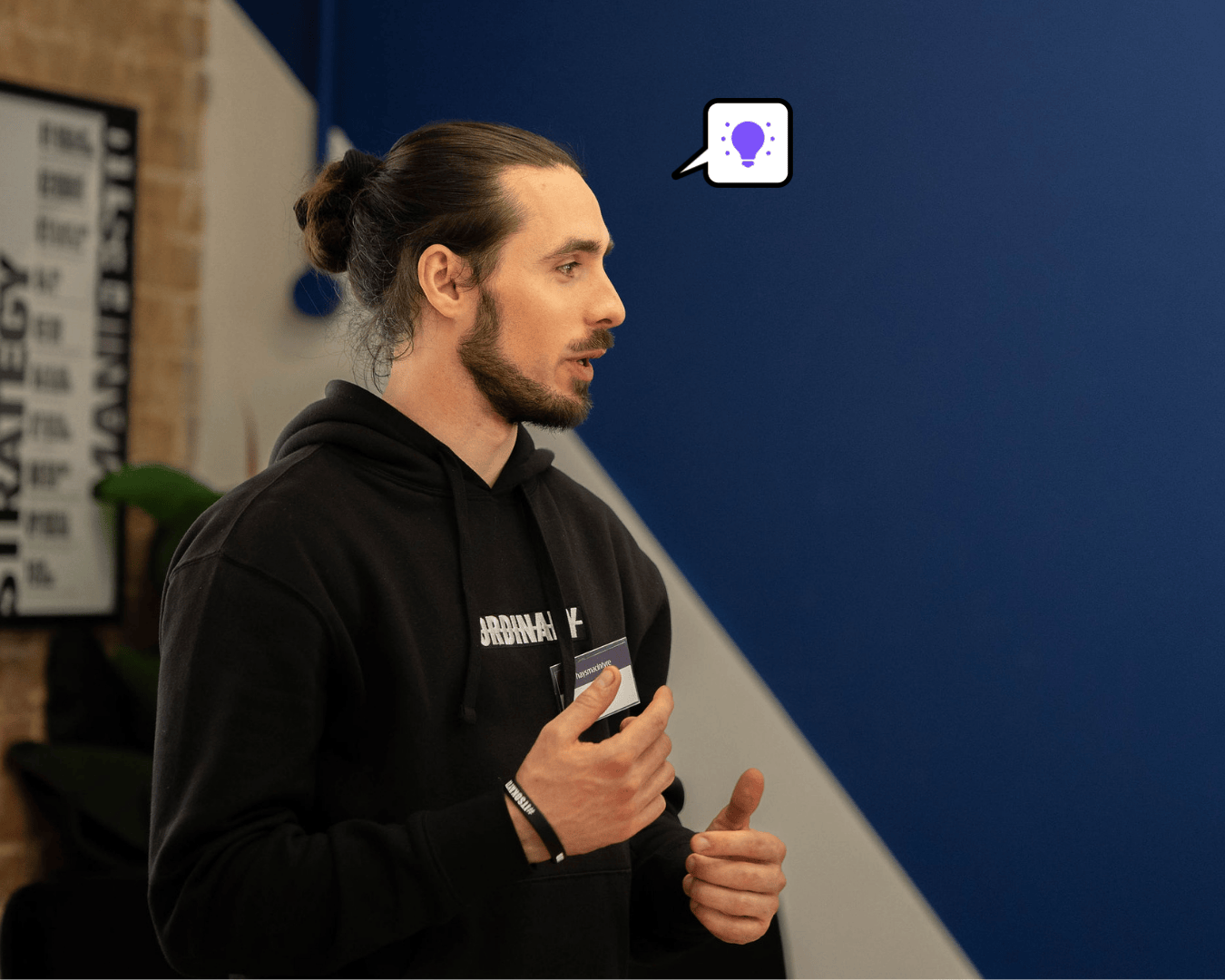When it comes to hiring early-career talent, whether that’s graduates, apprentices, or interns, most organisations work hard on the basics: job descriptions, campus visits, and onboarding. But the companies that consistently attract and keep the best people go further. They review their entire early talent strategy regularly, ensuring it still matches market realities, candidate expectations, and business goals.
That review has a name: ETSR, Early Talent Strategy Review. And if you haven’t had one in the last couple of years, you could already be falling behind.
What is an ETSR?
An ETSR is a full analysis of your early careers ecosystem, covering four interconnected areas:
Brand: the promise you make to early talent.
Attraction: how and where you connect with that audience.
Recruitment: the process that takes applicants from interest to hire.
Development: how you grow, retain, and progress your people once they join.
It’s part diagnostic, part strategy. The goal is to understand where you are now, how you compare to competitors, and what changes will give you an advantage in the talent market.
Brand: building a promise that resonates
Your employer brand is about more than design, slogans, or perks. For early talent, you need an Early Talent Value Proposition (ETVP) a tailored version of your employer value proposition that reflects the specific reasons a graduate or apprentice would join you.
Why bother? Without years of workplace context, students find it hard to intuitively understand the nuances of different businesses. Without a clear, simple, and differentiated message, you risk being just another name on a long list of potential employers. Additionally, they want to be spoken to in a different way. With 78% of Gen Z believing that brands are ‘all talk’, this group is in search of an authentic, evidenced backed story they can believe in.
Sky offers a strong example of alignment here. Their overarching employer brand is Believe in Better. For early careers, that’s distilled into Where Better Begins connected to the main brand but directly relevant to the start of a career journey.
2. Attraction: quality over quantity
Attraction is about visibility, but not just in the places you’ve always gone. An ETSR examines whether your attraction strategy is reaching the right people in the right channels.
It’s not about gathering the biggest pile of CVs. The aim is targeted engagement, bringing in people who match your needs while putting off those who won’t thrive with you. 95% of Gen Z say they’re more likely to apply to an employer that is proactive and personalised with their attraction. That often means going beyond job boards. Think tailored campus events, partnerships, digital channels, and peer-to-peer advocacy.
Importantly, attraction at this stage isn’t about competing with every company in the market it’s about standing out to the people you actually want to hire.
3. Recruitment: fit for volume and experience
Early talent recruitment is rarely low volume. With the average UK student interested in 31 employers, hundreds, sometimes thousands of applicants will be applying for a limited number of roles. Your process needs to be efficient, inclusive, and engaging.
An ETSR reviews your recruitment funnel in detail. How quickly can you move applicants from application to offer without losing them to other opportunities? Are your selection stages accessible to all backgrounds? Does your process reflect your culture from the very first interaction?
The recruitment experience is often a candidate’s first real contact with your organisation and whether they join or not, it shapes how they talk about you.
4. Development: the retention engine
For early talent, development is more than an optional extra. It’s a driver of value and retention. Structured training, mentoring, and clear career pathways keep junior people engaged and committed.
An ETSR looks at your early talent development journey through a lens of what it’s trying to achieve. Are you looking to develop future leaders? Focusing on all-rounders? Is it deep technical expertise that you want? The format and the content of the development you offer your graduates, interns and apprentices should be carefully curated based on the goals of your programmes.
Why an ETSR should be regular, not reactive
The talent market shifts quickly. Economic conditions, technology, and generational priorities can all change within a couple of years. That’s why we recommend an ETSR every two years — sooner if you’re making big hiring changes.
For example, if you want to broaden your university outreach, launch a new programme or diversify the backgrounds of your hires, your current strategy might not support that. A review ensures your goals and approach stay aligned.
One size doesn’t fit all
The right strategy depends heavily on scale.
High-volume hiring needs wide reach and scalable processes.
Specialist hiring needs precision targeting and a tailored candidate experience.
Copying a large-scale approach into a small-scale context is wasteful — and often counter-productive. An ETSR defines what will work for your size, goals, and market position.
The new priorities of early talent
Today’s early-career candidates are questioning more than salary. Many want flexibility, purpose, and a sense of well-being alongside progression opportunities.
The traditional “work hard, earn more, buy a house” narrative has shifted. For many, those milestones feel out of reach even with strong salaries. As a result, lifestyle and culture are often higher priorities than pay alone.
An ETSR helps you understand these evolving expectations and build them into your strategy, without losing sight of your business needs.
Quick wins while you plan your ETSR
Even before a full review, you can strengthen your early talent approach by:
Identifying your differentiator - know what makes you distinct and talk about it consistently.
Dropping the hedging - don’t try to be everything to everyone. Own your culture and let it attract and repel as it should.
Checking for consistency - make sure your messaging, process, and experience match from first touchpoint to day one.
An ETSR isn’t just a check-up. It’s a competitive advantage. By aligning your brand, attraction, recruitment, and development strategies, you can create an early careers programme that delivers for both your business and your people, now and for years to come.
Ready to see where your early talent strategy really stands?




